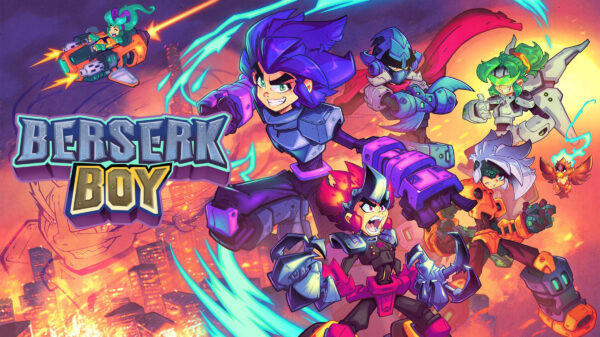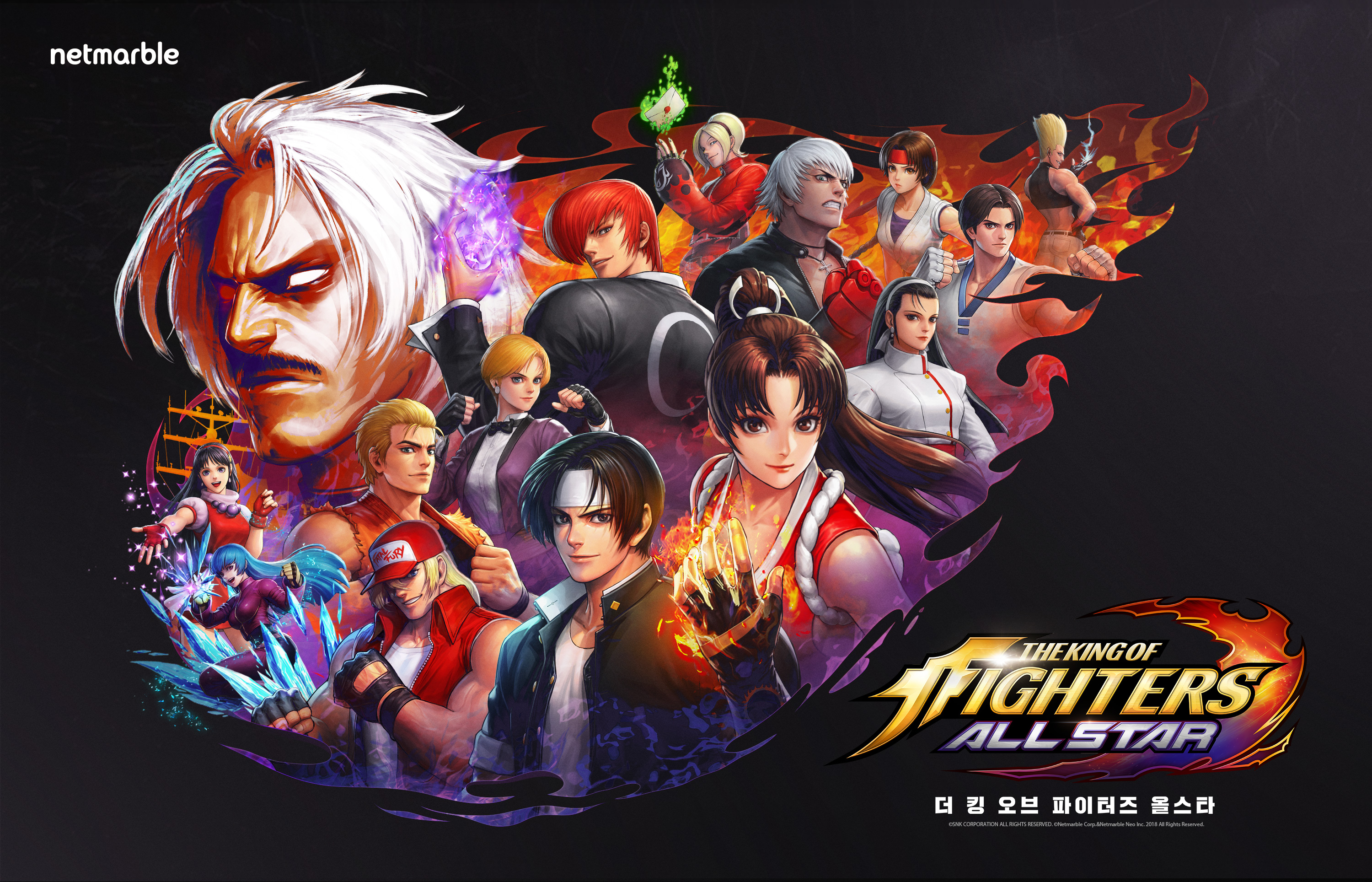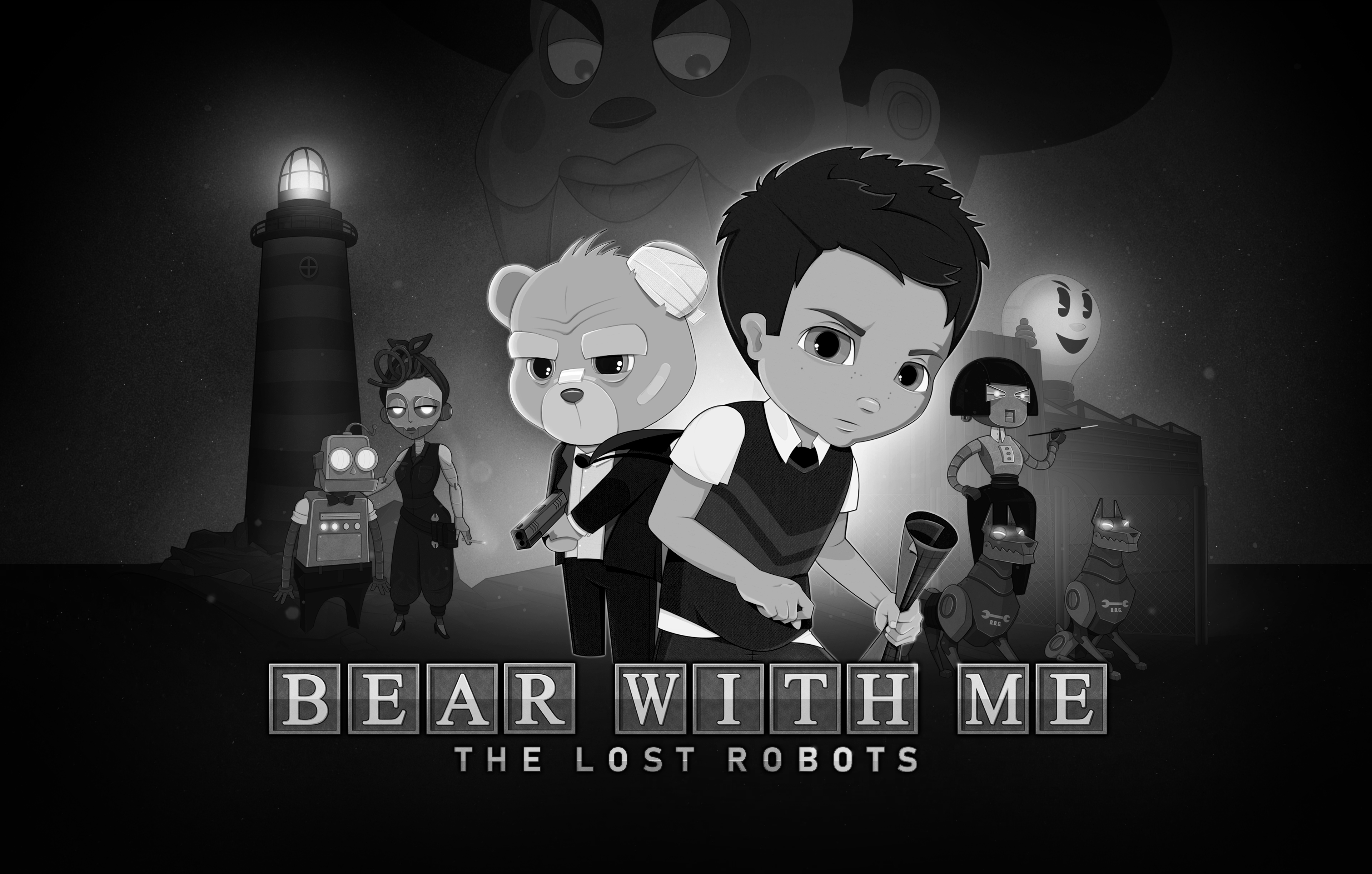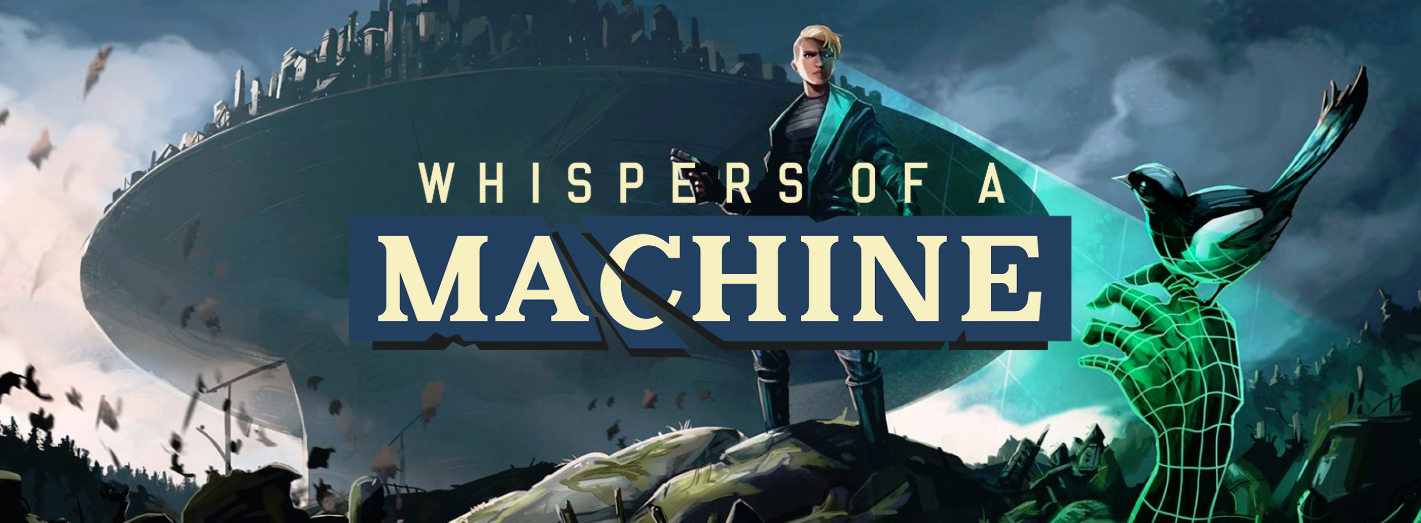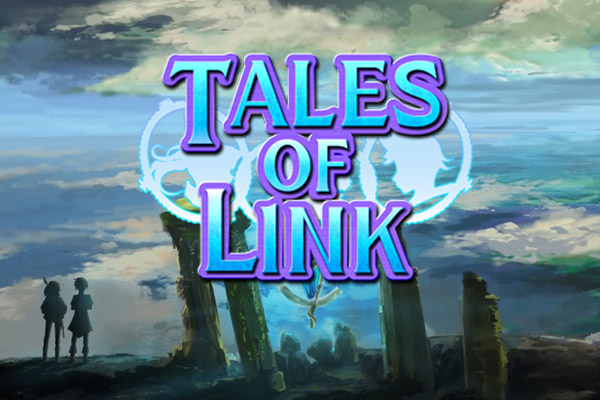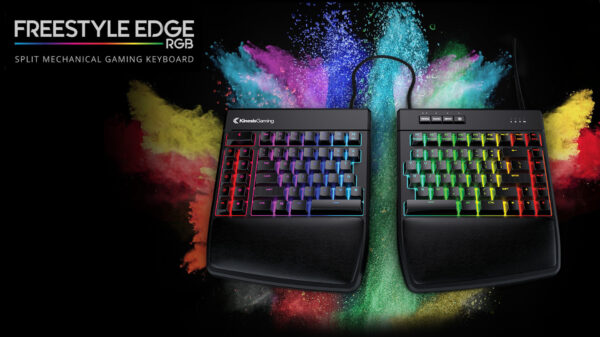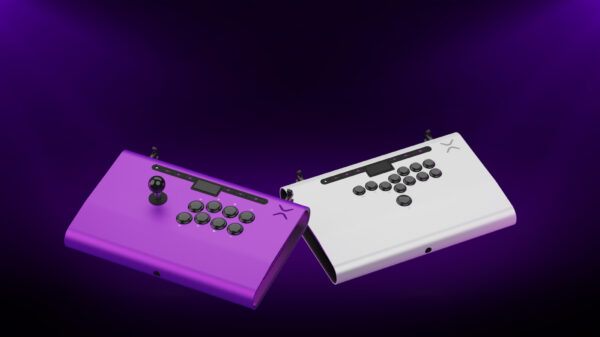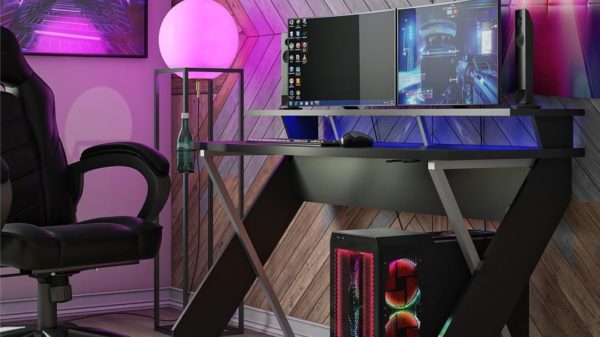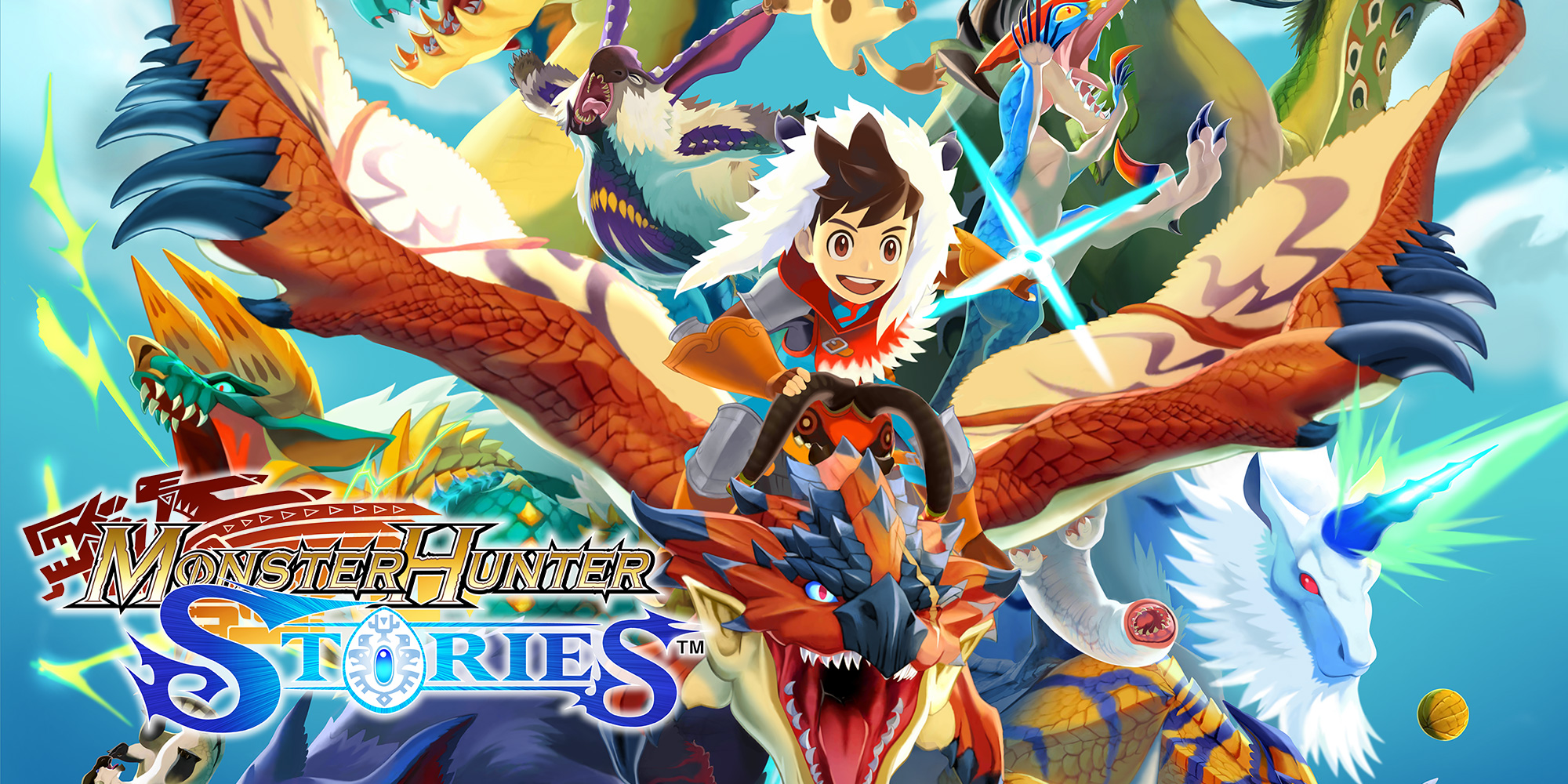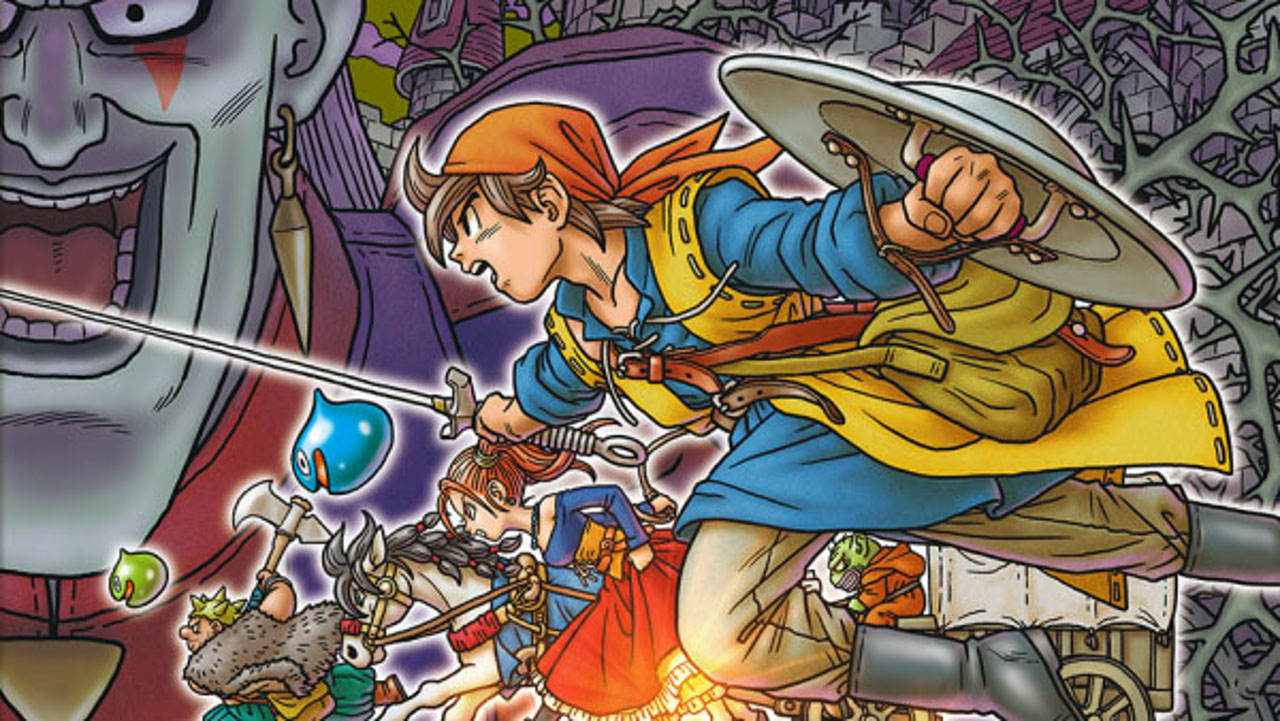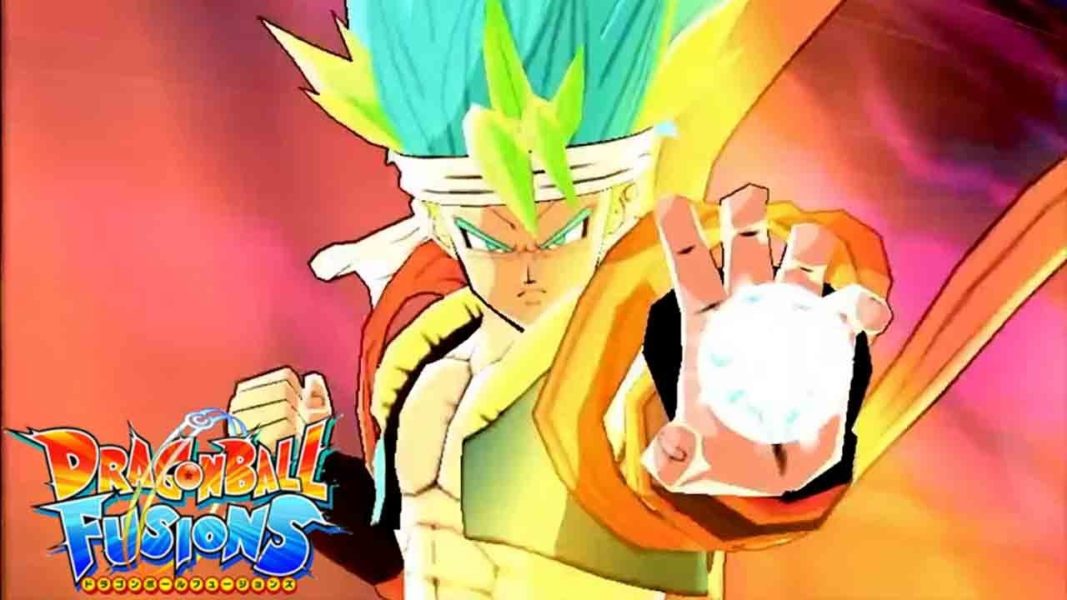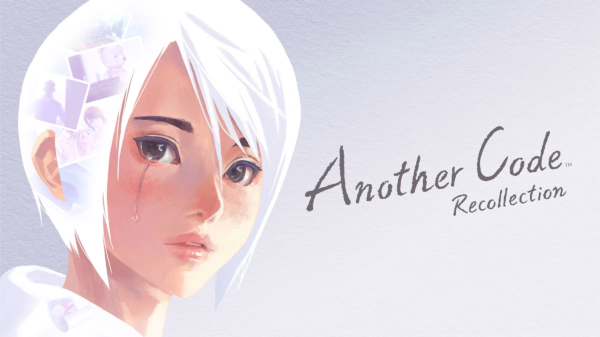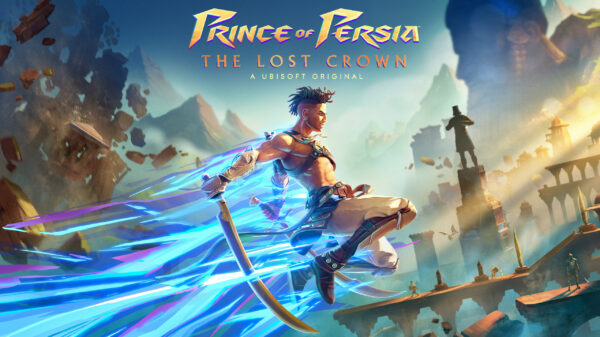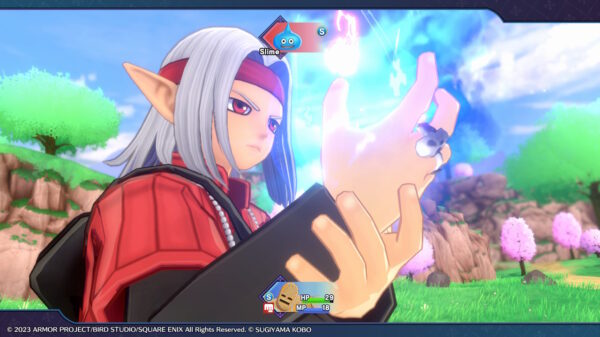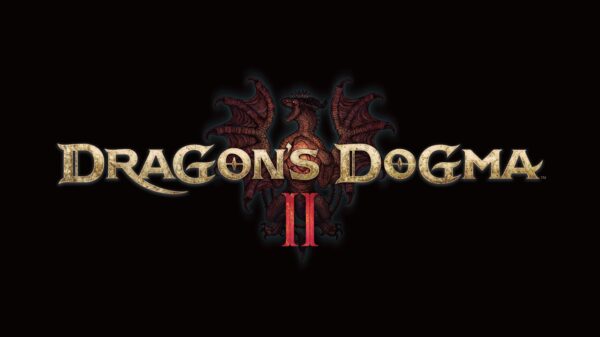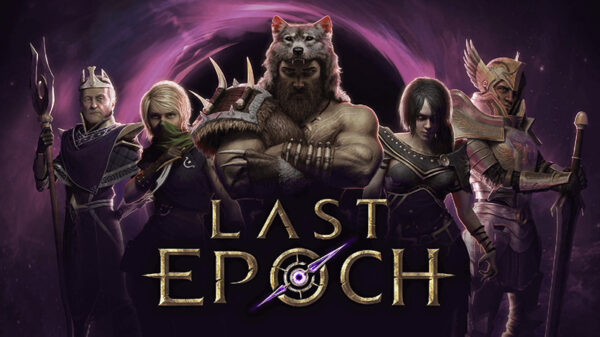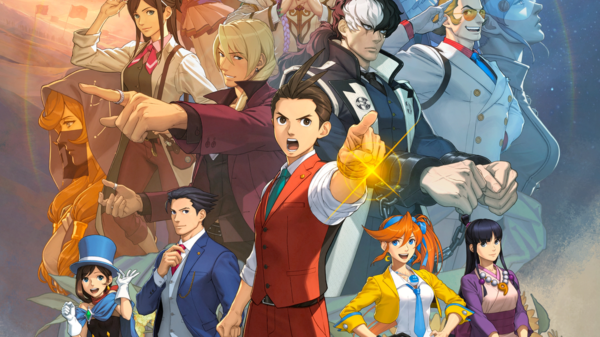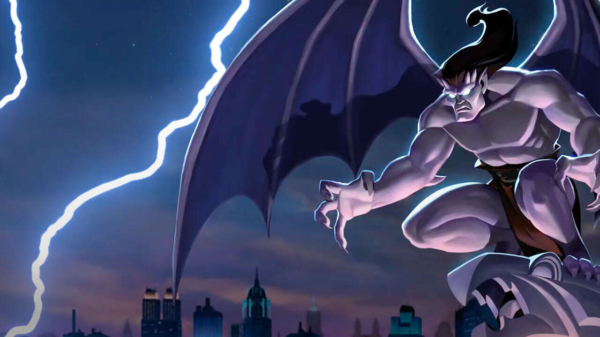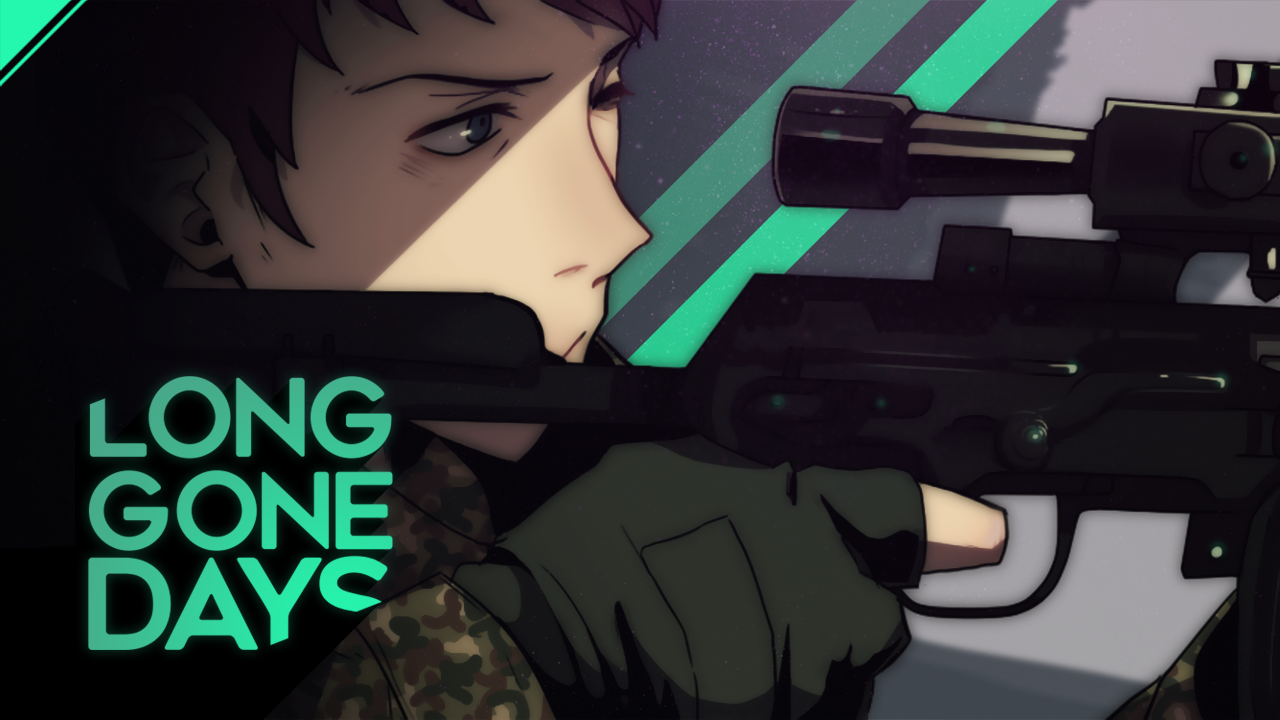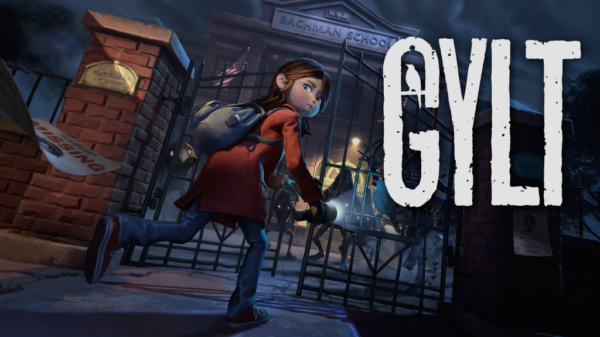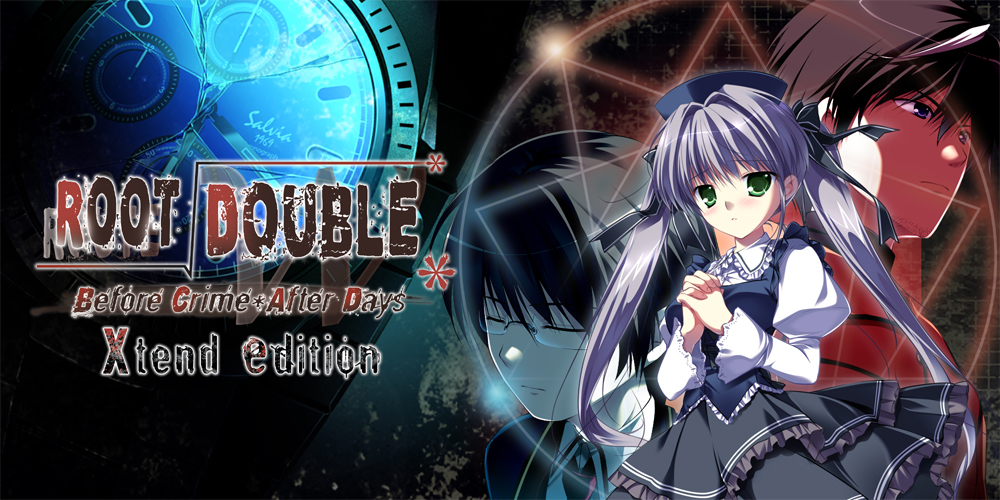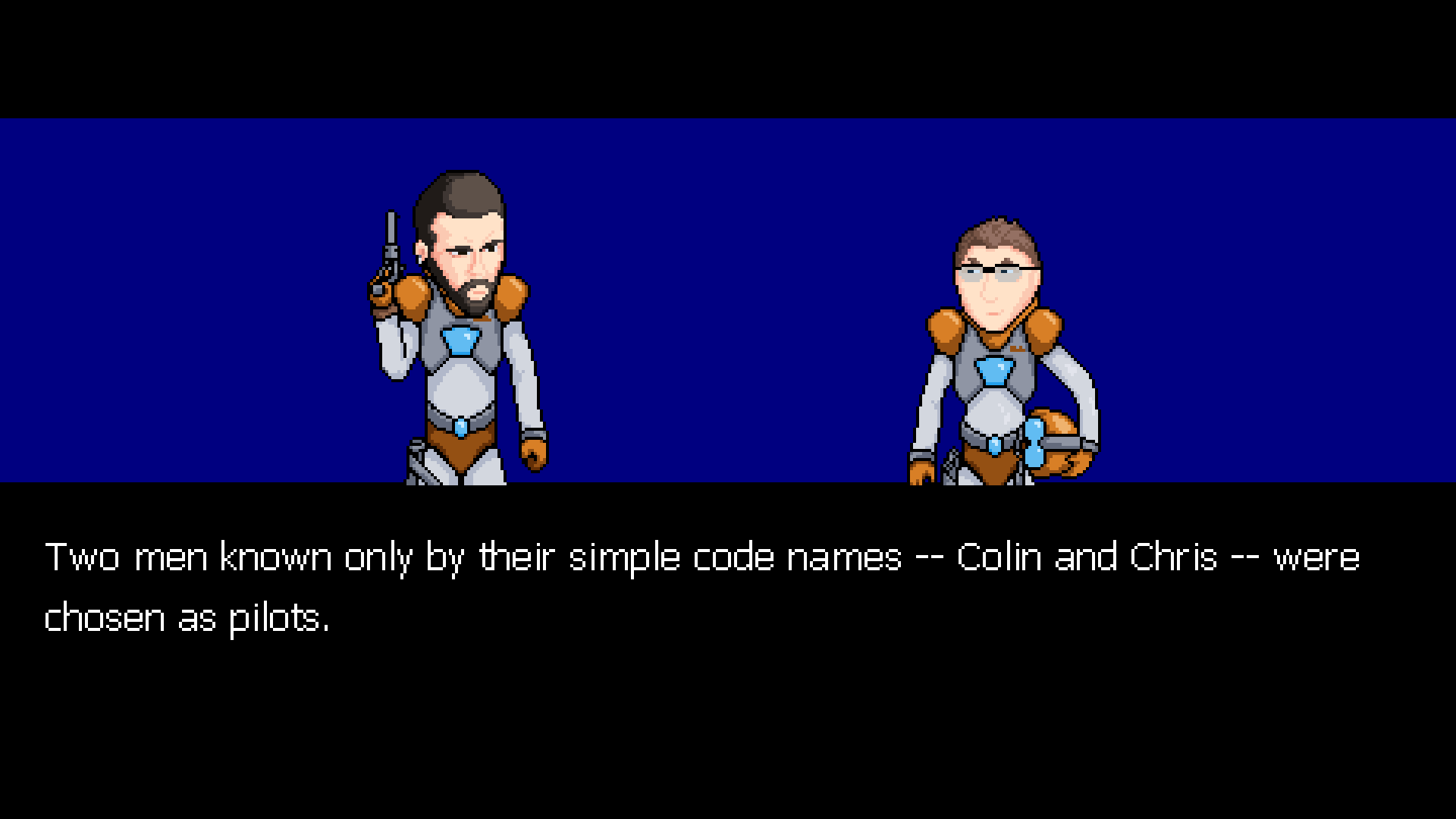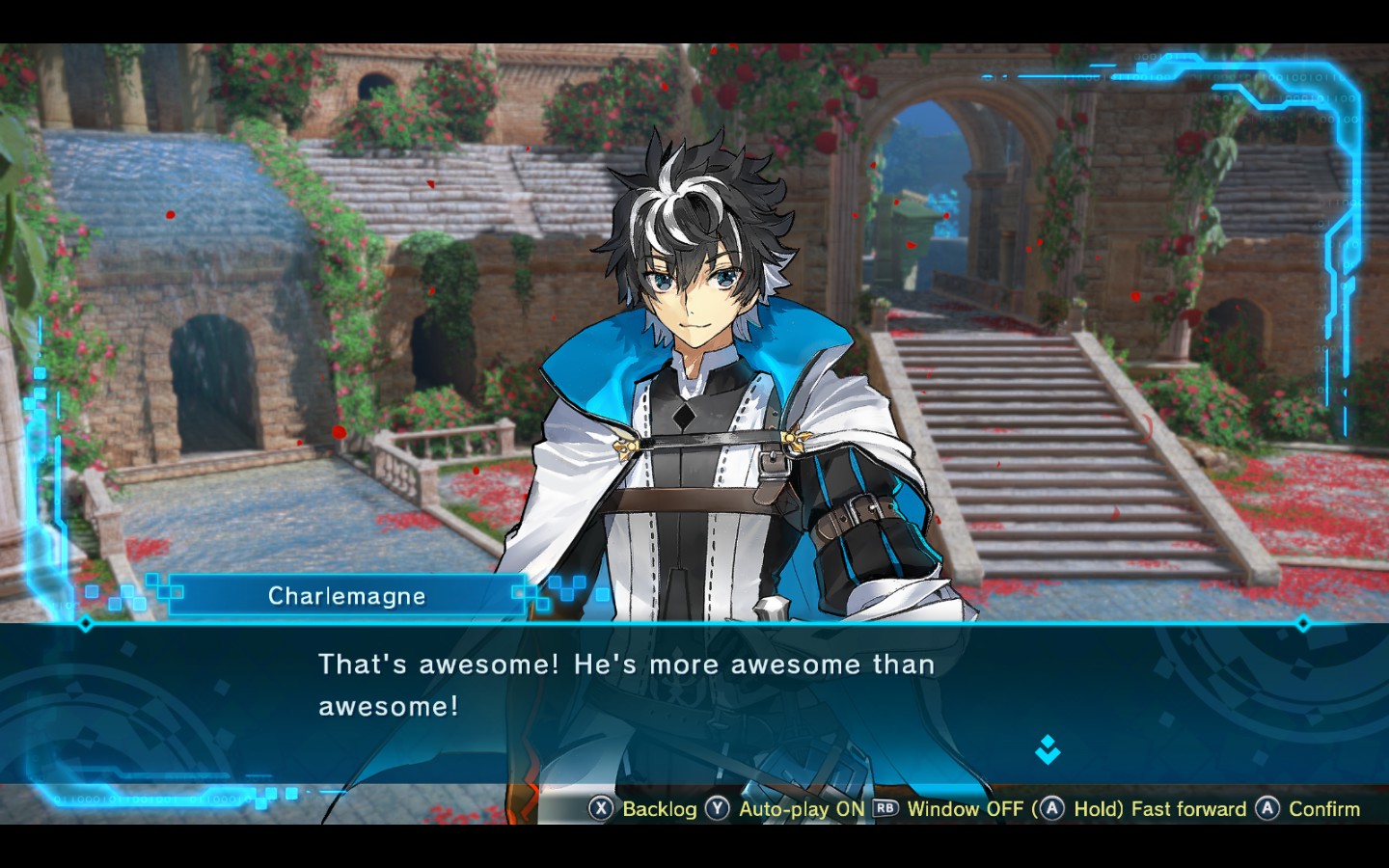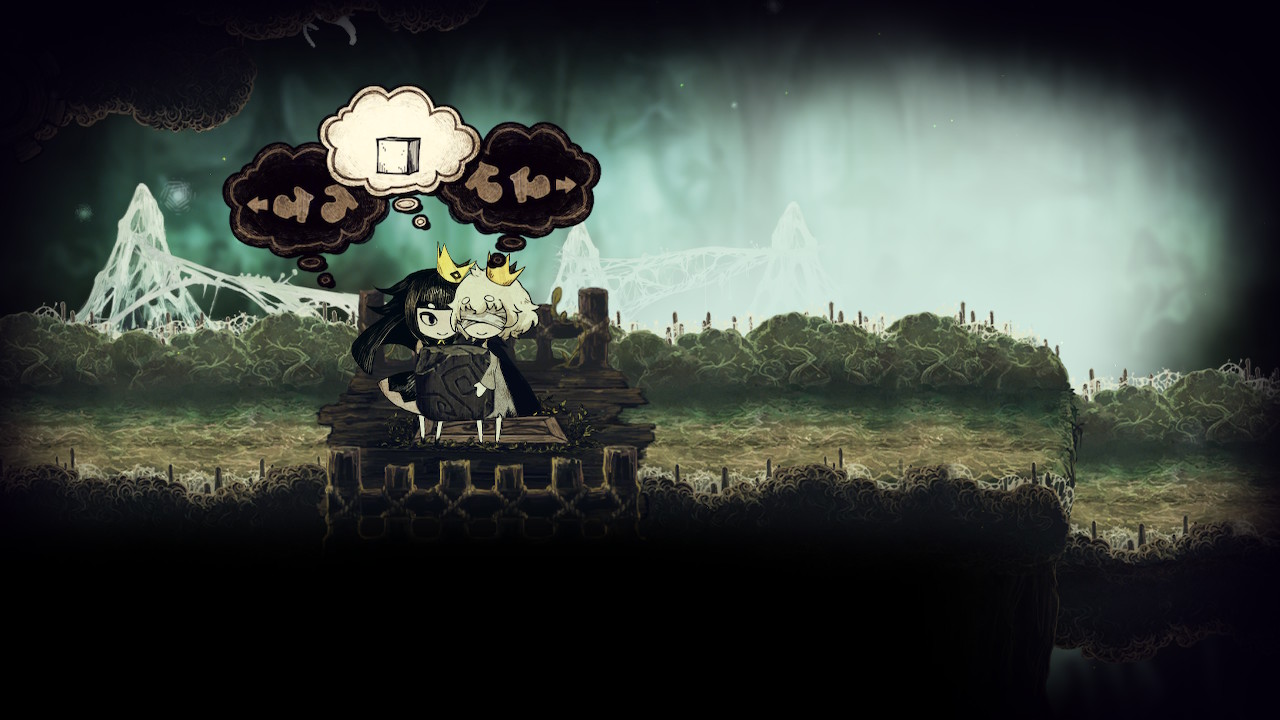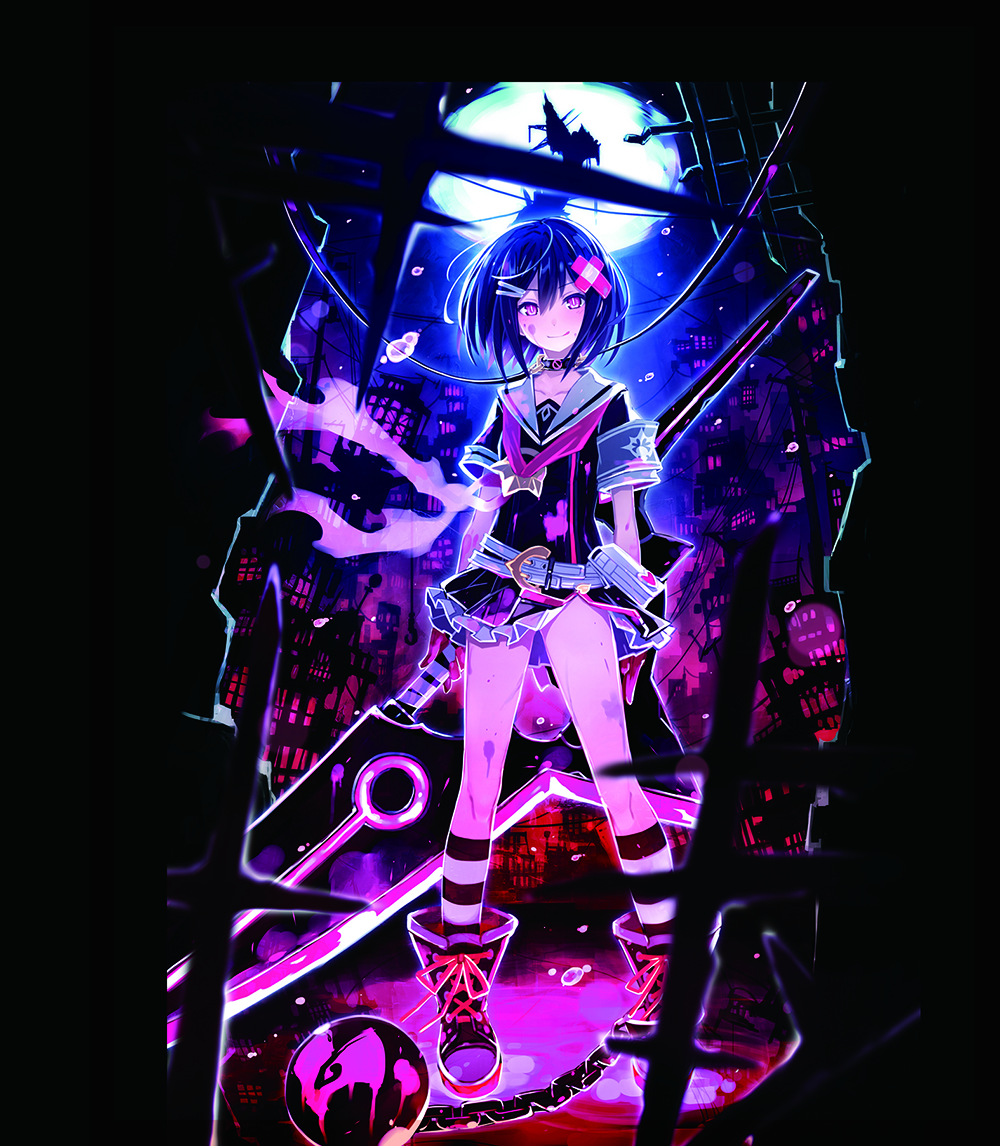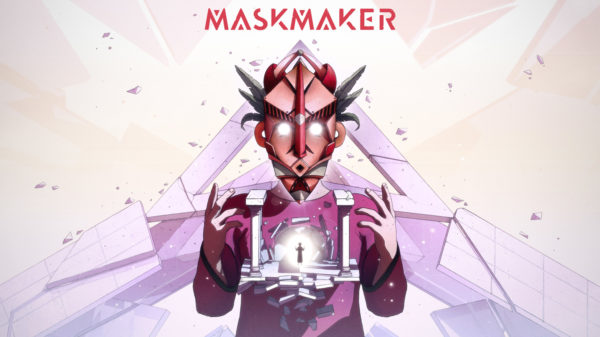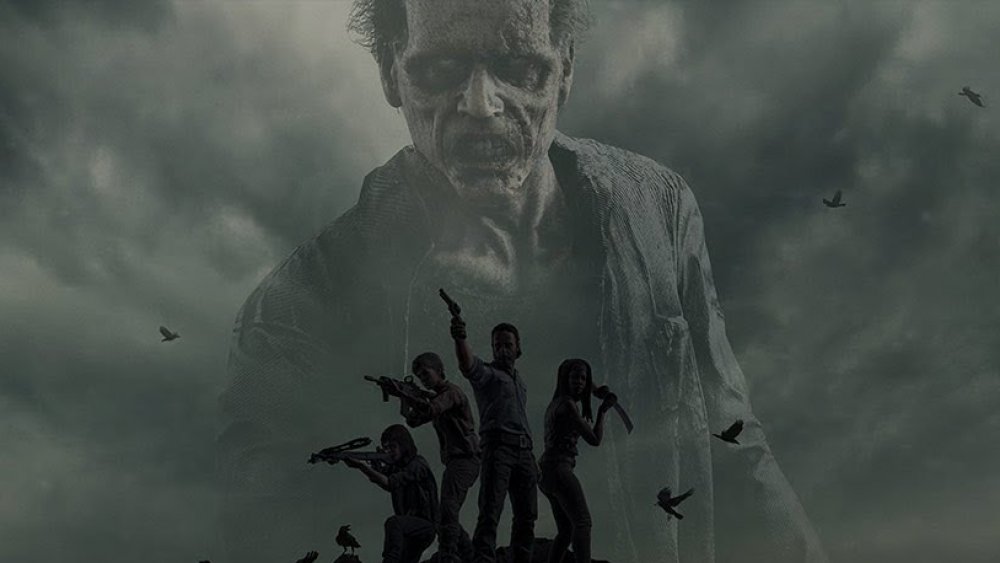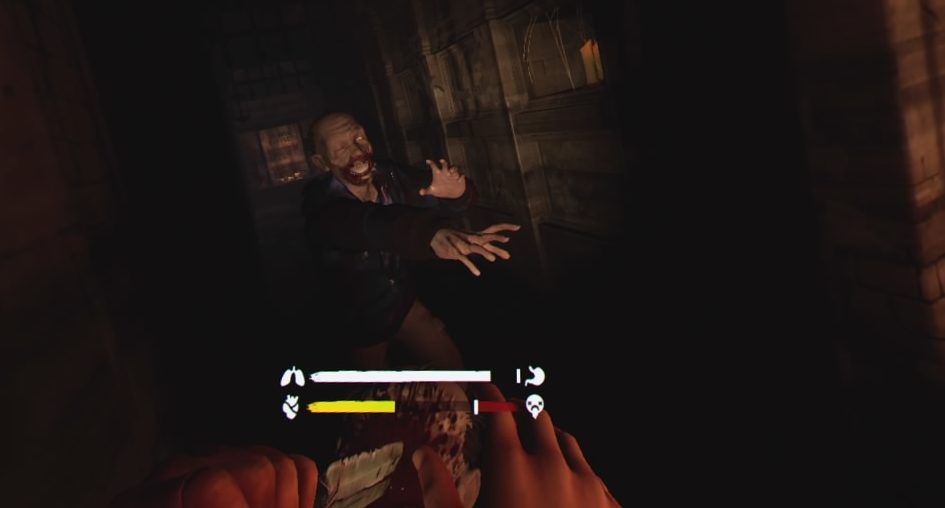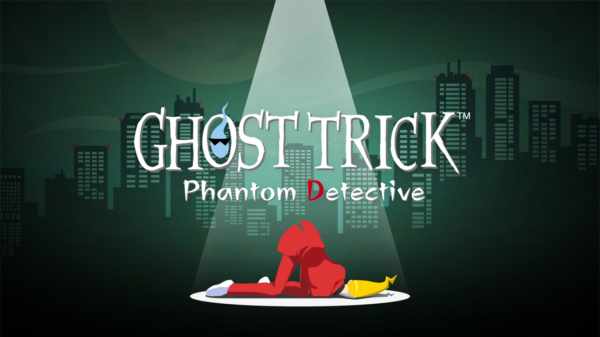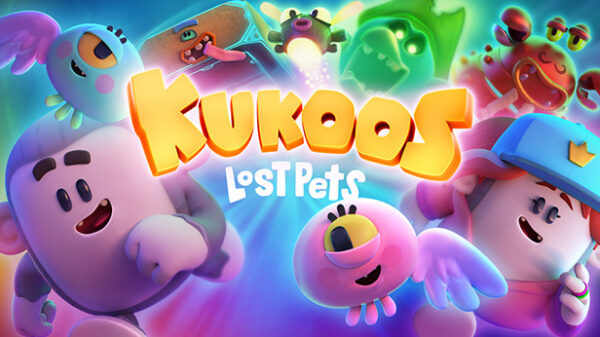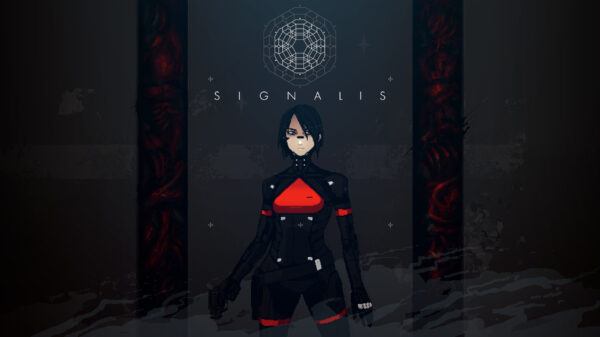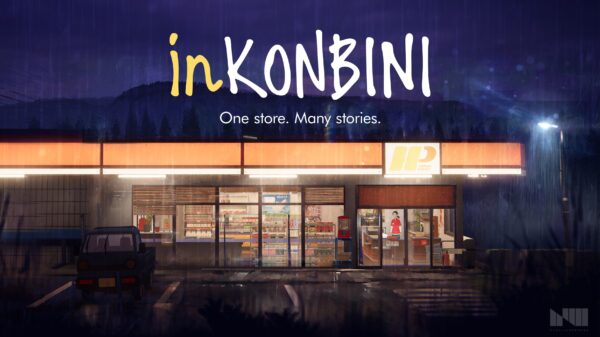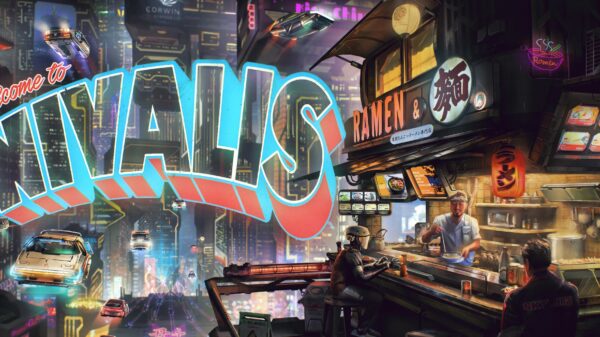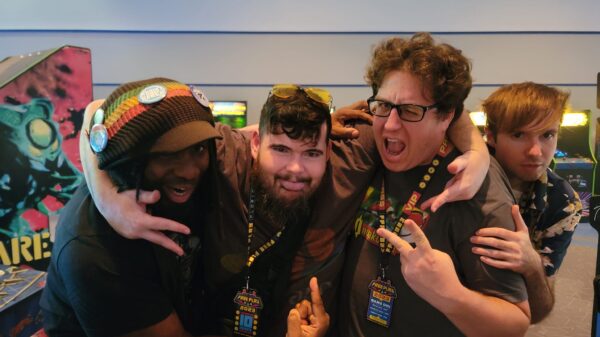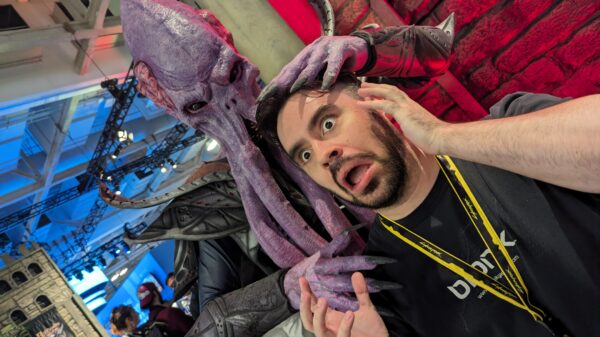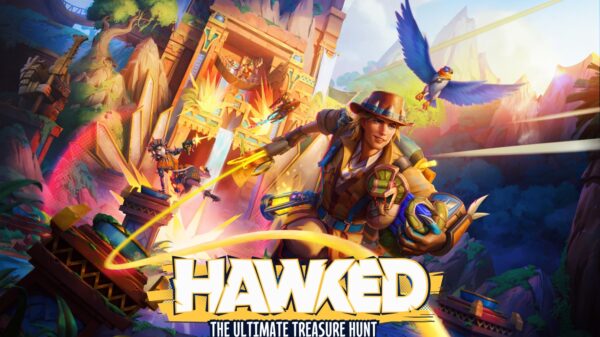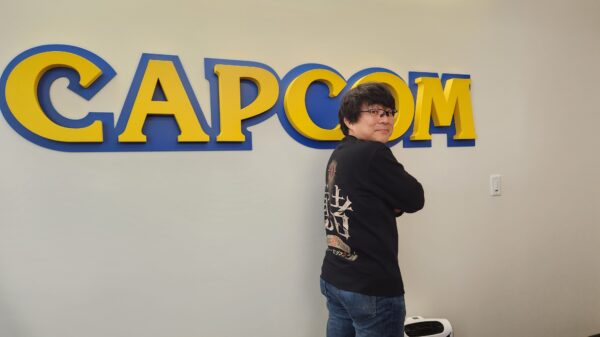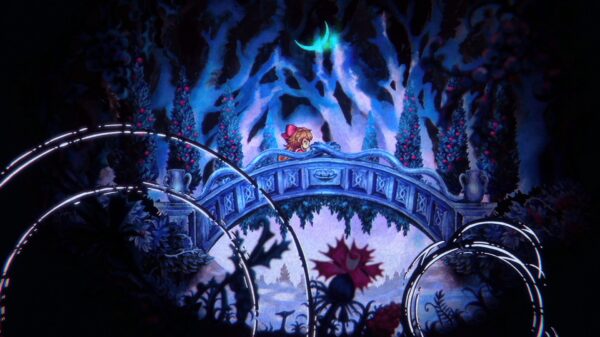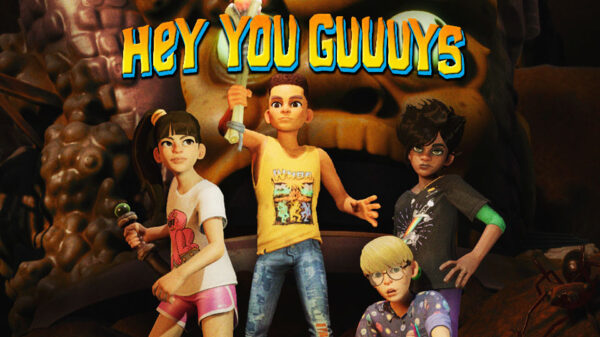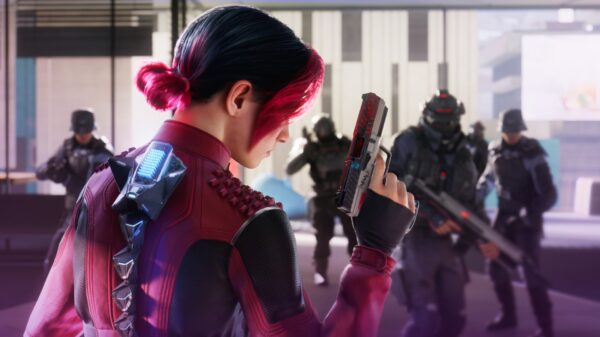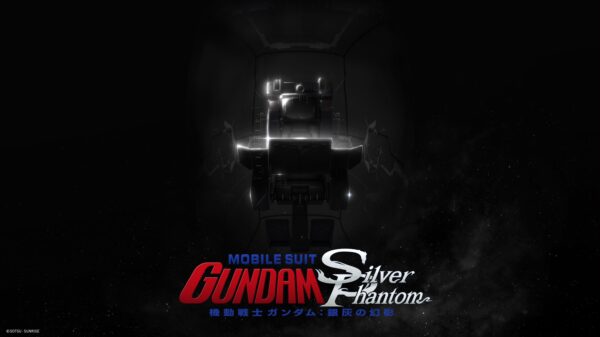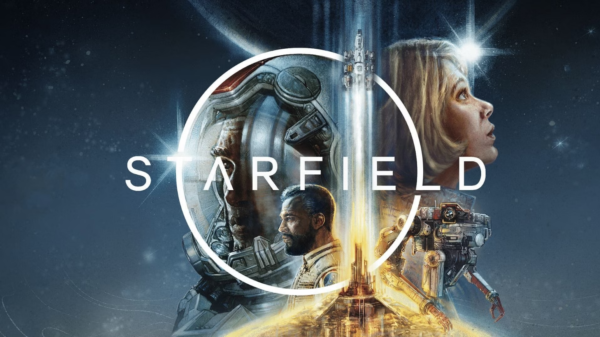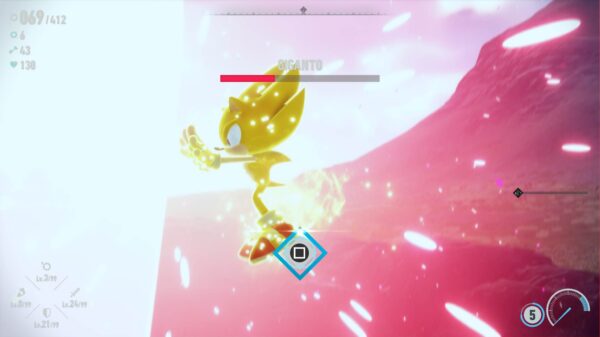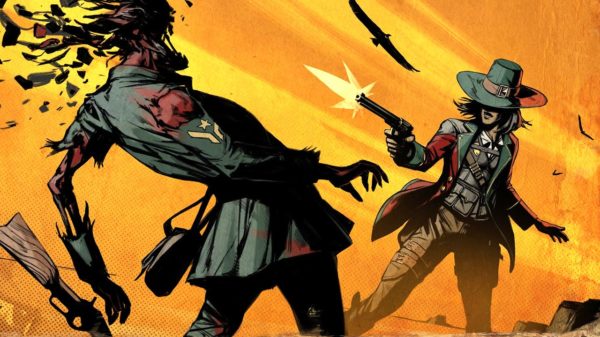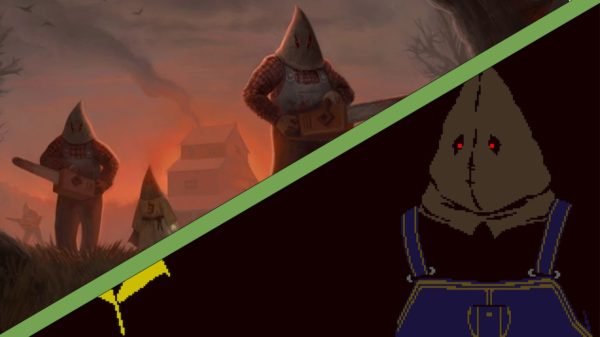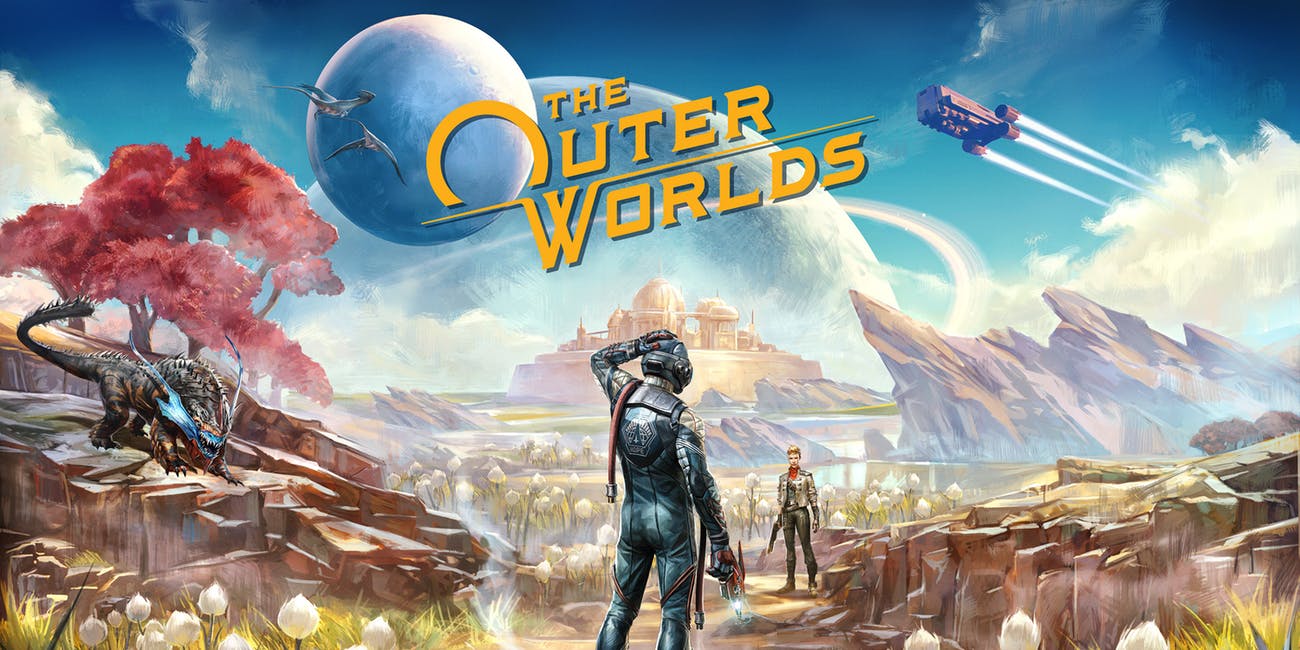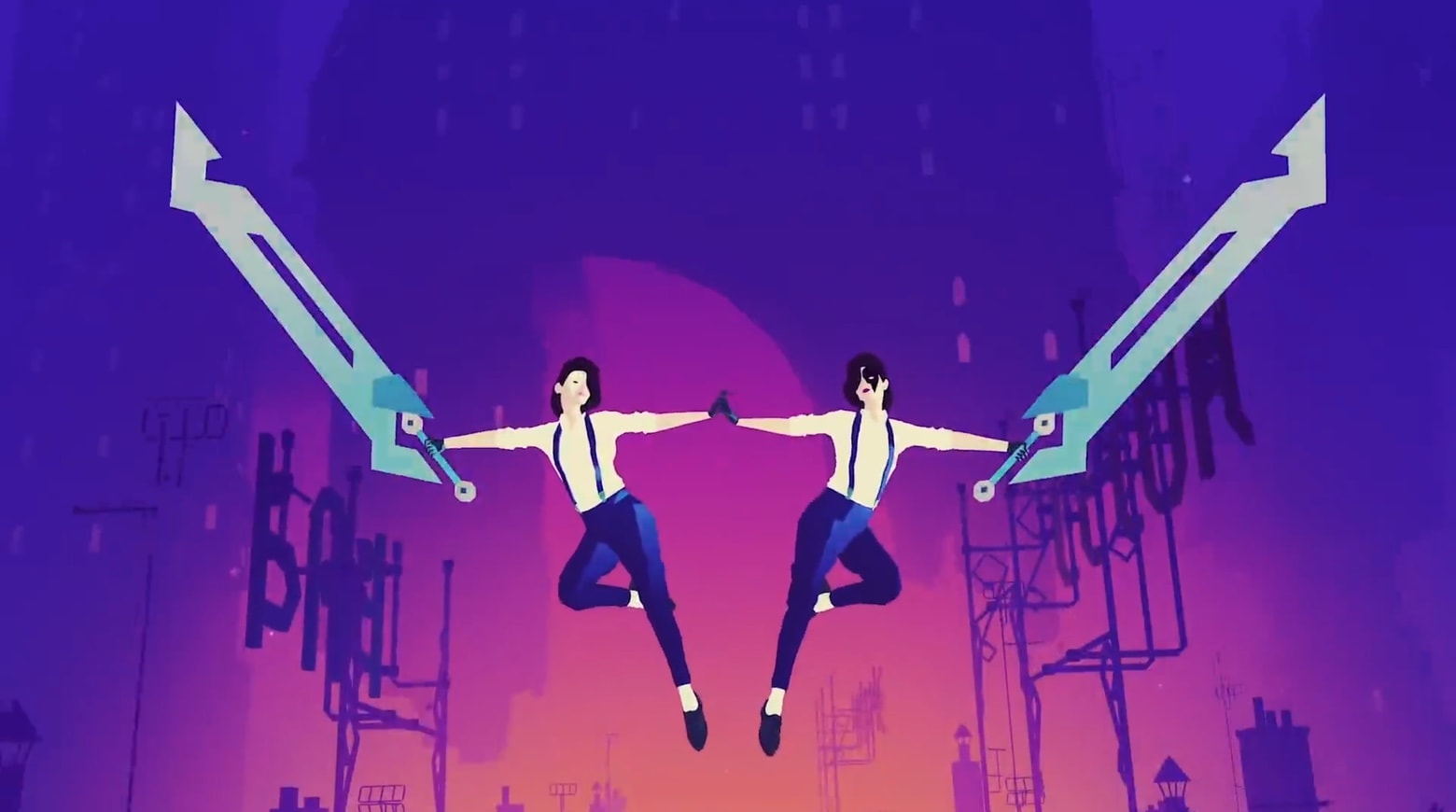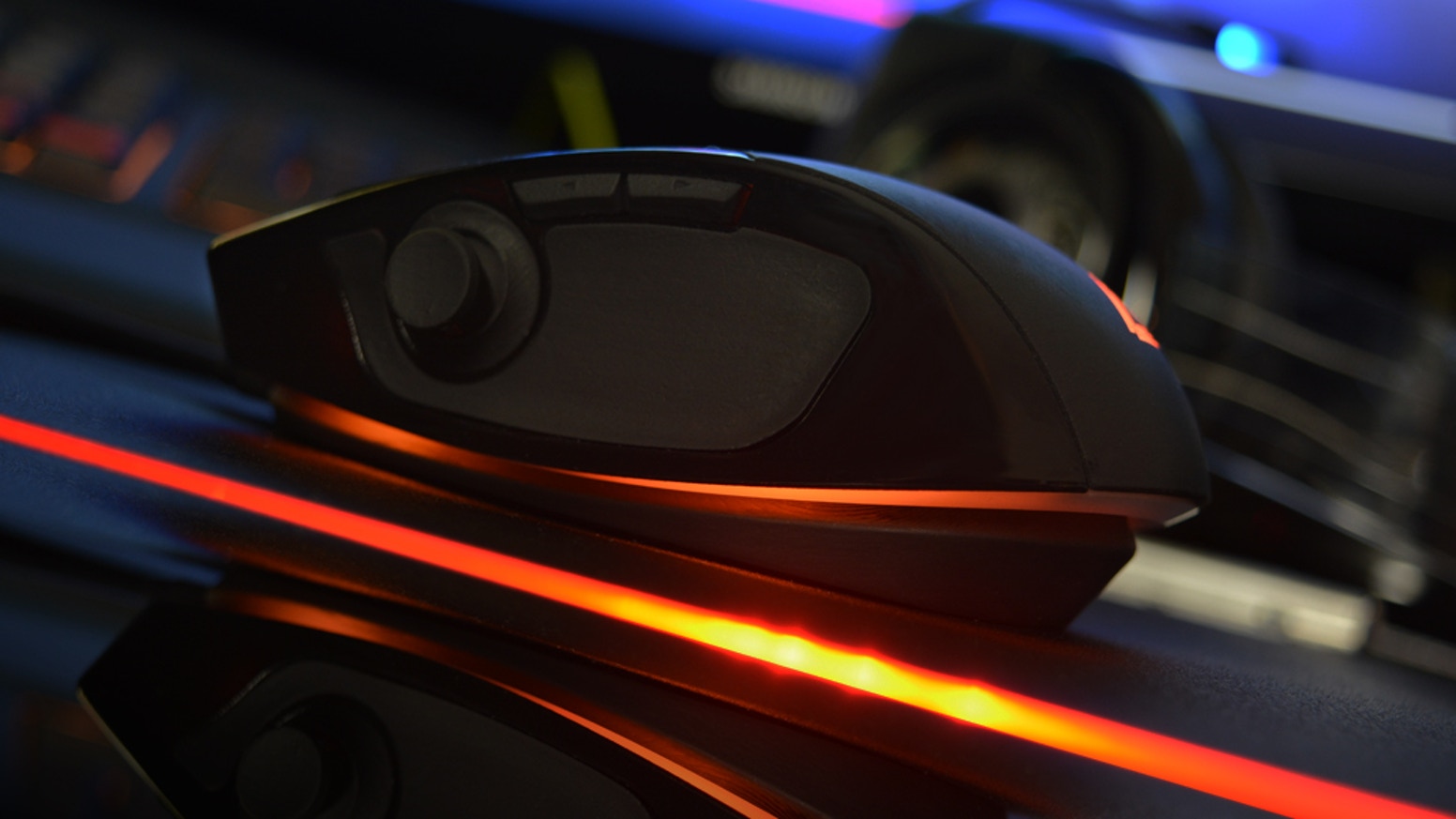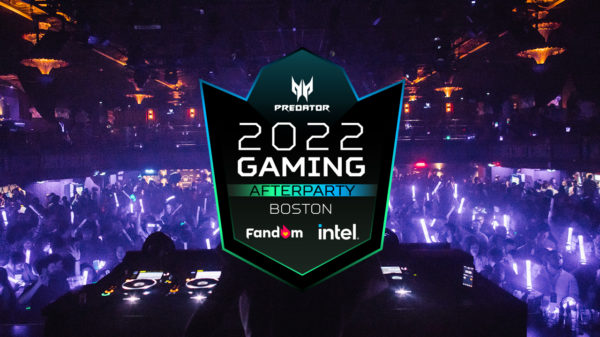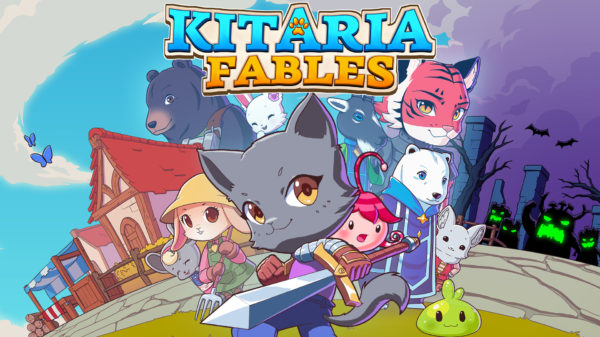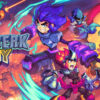When Blazblue: Continuum Shift first hit the arcades in November of 2009, the then outdated predecessor, Calamity Trigger, seemed to have lost some ground for the series on the consoles. But with Capcom’s conglomerates of Street Fighter revisions throughout the years providing reasons why producing such titles are worth the effort, Aksys rewards its console followers with the freshly enhanced Continuum Shift for the XBOX 360 and Playstation 3.
Blazblue: Continuum Shift
Developer: Arc System Works
Price: $39.99USD
Platform: Xbox 360 [reviewed]/Playstation 3/Arcade
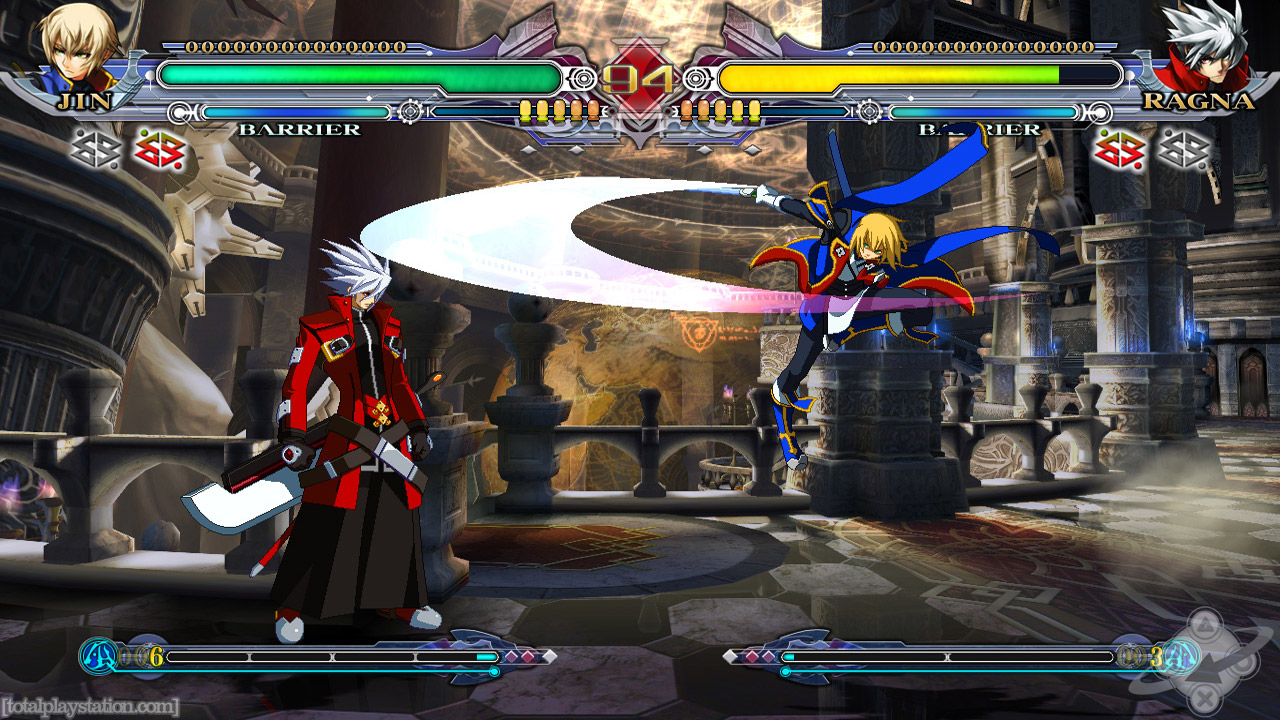 Continuum Shift can be officially considered a sequel, as the events of the game take place after the end of Calamity Trigger. Character storylines follow up nicely from the previous instalment, and provide easy transition for players who may have forgotten the events that came before. Visually, Continuum Shift has retained the same look as its predecessor with many sprites, animations, BGMs and sounds being recycled from the original game. It also rightfully retains its core fighting mechanic in the forms of carefully executed combo strings using its patented A, B, C and D button scheme. However, Aksys builds on its previous title by providing balancing tweaks for each character of the roster, adding new abilities to each of their move sets, a variety of new game modes, and adding a few new characters such as Hazama, Tsubaki and Mu-12, with more DLC characters well on their way.
Continuum Shift can be officially considered a sequel, as the events of the game take place after the end of Calamity Trigger. Character storylines follow up nicely from the previous instalment, and provide easy transition for players who may have forgotten the events that came before. Visually, Continuum Shift has retained the same look as its predecessor with many sprites, animations, BGMs and sounds being recycled from the original game. It also rightfully retains its core fighting mechanic in the forms of carefully executed combo strings using its patented A, B, C and D button scheme. However, Aksys builds on its previous title by providing balancing tweaks for each character of the roster, adding new abilities to each of their move sets, a variety of new game modes, and adding a few new characters such as Hazama, Tsubaki and Mu-12, with more DLC characters well on their way.
With Blazblue: Continuum Shift’s arsenal of new modes such as Beginner Mode, Tutorial Mode and Challenge mode, Aksys tries to revamp its Guilty Gear sibling for a broader audience by giving them tools in which to hone their skills and general grasp of the game. Beginner Mode allows one-button mapping of certain abilities and techniques, which may be helpful for players who aren’t familiar with fighting games but want to participate with their friends who may be more accustomed to the genre. Tutorial Mode consists of text-based instructions that aim to educate players on the individual mechanics of the game, their importance during battles, and quick overviews on how to execute them. Finally, Challenge mode follows in the footsteps of Capcom’s Street Fighter IV mode with the same name whereby players can learn how to perform basic-to-advanced combos with any character they desire. Continuum Shift seems to one-up Capcom in this area by providing a ‘demonstration’ video where players can watch the combo being performed at any time with the press of a button.
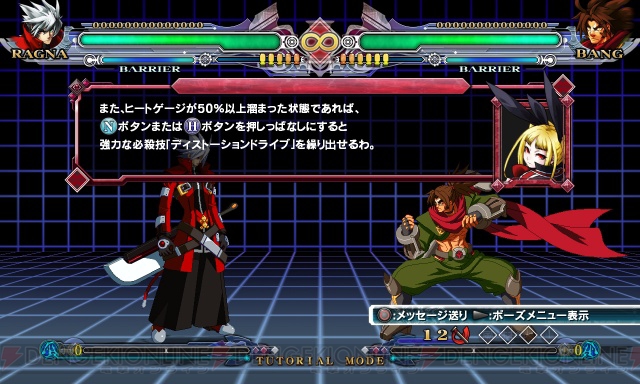 All of these additions to the game are great steps by Aksys to help newer players reach out to the franchise, but despite these great efforts, the overall feel of Continuum Shift remains to be one where having some prior experience in fighting games will allow one to fully utilize these two modes. Tutorial Mode is functional in allowing players to learn about how certain mechanics work in the game, but often times the wording and the lack of visual aids still leave many fighting game newbies in the dark on what exactly is being taught. My uncle (who showed enthusiasm in learning the game) took a stab at Tutorial mode, and said he felt “stupid” at times because the way many things were phrased in the instructions made it seem like he was ‘expected’ to know what certain things meant. For example, Tutorial mode immediately starts using terminology such as “Standing B” and “Drive” without once explaining what these referred to. For people more familiar with Guilty Gear, or who have played Calamity Trigger, these terms may make more sense, but for those who have never played a fighting game before, terms like “Standing”, “Crouching”, “Back” and “Forward” (not to mention paired with the unorthodox A,B,C,D button scheme) is much more alien in nature than we think.
All of these additions to the game are great steps by Aksys to help newer players reach out to the franchise, but despite these great efforts, the overall feel of Continuum Shift remains to be one where having some prior experience in fighting games will allow one to fully utilize these two modes. Tutorial Mode is functional in allowing players to learn about how certain mechanics work in the game, but often times the wording and the lack of visual aids still leave many fighting game newbies in the dark on what exactly is being taught. My uncle (who showed enthusiasm in learning the game) took a stab at Tutorial mode, and said he felt “stupid” at times because the way many things were phrased in the instructions made it seem like he was ‘expected’ to know what certain things meant. For example, Tutorial mode immediately starts using terminology such as “Standing B” and “Drive” without once explaining what these referred to. For people more familiar with Guilty Gear, or who have played Calamity Trigger, these terms may make more sense, but for those who have never played a fighting game before, terms like “Standing”, “Crouching”, “Back” and “Forward” (not to mention paired with the unorthodox A,B,C,D button scheme) is much more alien in nature than we think.
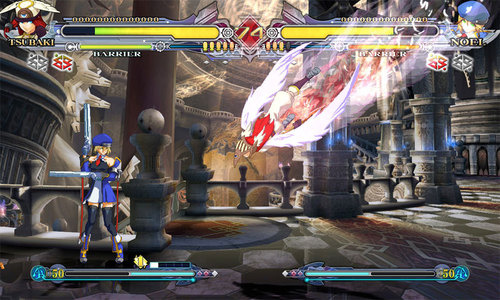 Unlike Capcom’s Street Fighter IV, where combo strings are frame-based, comboing in Continuum Shift is based simply on flow and being able to string together attacks in a timely manner–or so we were told. As a Street Fighter veteran, this difference is noticeable, but despite what earlier assumptions held, comboing based on ‘flow’ is still much more difficult than it sounds. In fact, this sometimes makes combos more complicated and occasionally irritating. By using a frame-based system for combos, the moment you are late for the next follow-up, the combo string ends immediately. By using this ‘flow’ based system (not sure what to call it), you are still able to string follow-ups together as there is now a margin of error that is accepted, but being slightly ‘late’ for one follow-up makes another follow-up incredibly easy to miss, or downright impossible. In other words, if you time your follow-ups perfectly, you can execute moves 1, 2, 3, 4, and 5 without breaking the string. However, if you execute moves 1 and 2 perfectly, then are a little late on move 3, the game will still allow you to connect move 4 if you adjust accordingly, but you will downright miss move 5.
Unlike Capcom’s Street Fighter IV, where combo strings are frame-based, comboing in Continuum Shift is based simply on flow and being able to string together attacks in a timely manner–or so we were told. As a Street Fighter veteran, this difference is noticeable, but despite what earlier assumptions held, comboing based on ‘flow’ is still much more difficult than it sounds. In fact, this sometimes makes combos more complicated and occasionally irritating. By using a frame-based system for combos, the moment you are late for the next follow-up, the combo string ends immediately. By using this ‘flow’ based system (not sure what to call it), you are still able to string follow-ups together as there is now a margin of error that is accepted, but being slightly ‘late’ for one follow-up makes another follow-up incredibly easy to miss, or downright impossible. In other words, if you time your follow-ups perfectly, you can execute moves 1, 2, 3, 4, and 5 without breaking the string. However, if you execute moves 1 and 2 perfectly, then are a little late on move 3, the game will still allow you to connect move 4 if you adjust accordingly, but you will downright miss move 5.
For advanced players who have the eye to notice if they’re off on the flow, this sort of system is hardly detrimental as it allows them to get that ‘extra hit in’ before calling it quits, but for less experienced players who are still trying to learn the fundamentals, suddenly missing that ‘last hit’ in a string can be a very frustrating experience. As a result, Continuum Shift still remains to be a video game that is polished for its core audience, with some helpful–but not revolutionary–additions for newer players to experiment with. If you’ve been a long time fan of Guilty Gear, and enjoyed Calamity Trigger, there is absolutely no reason why you shouldn’t pick up Continuum Shift.
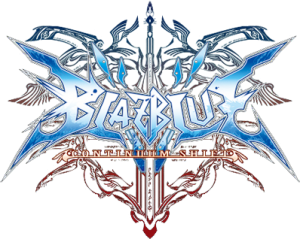
The Final Word
Overall, Blazblue: Continuum Shift surpasses its former shell in almost every way, with new characters, moves, modes and DLC to reward the core audience following that they have on the consoles. Although it is clear that Aksys made some purposeful additions to introduce the series to newer, inexperienced players of the fighting genre, the game’s naturally niche quality that is owed from its tournament level style of fighting inevitably executes these efforts as being one that for new players, feels like a game that wants you to play it, but expects you to learn quickly, or be left in the dust.
MonsterVine Rating: Good – 4/5


